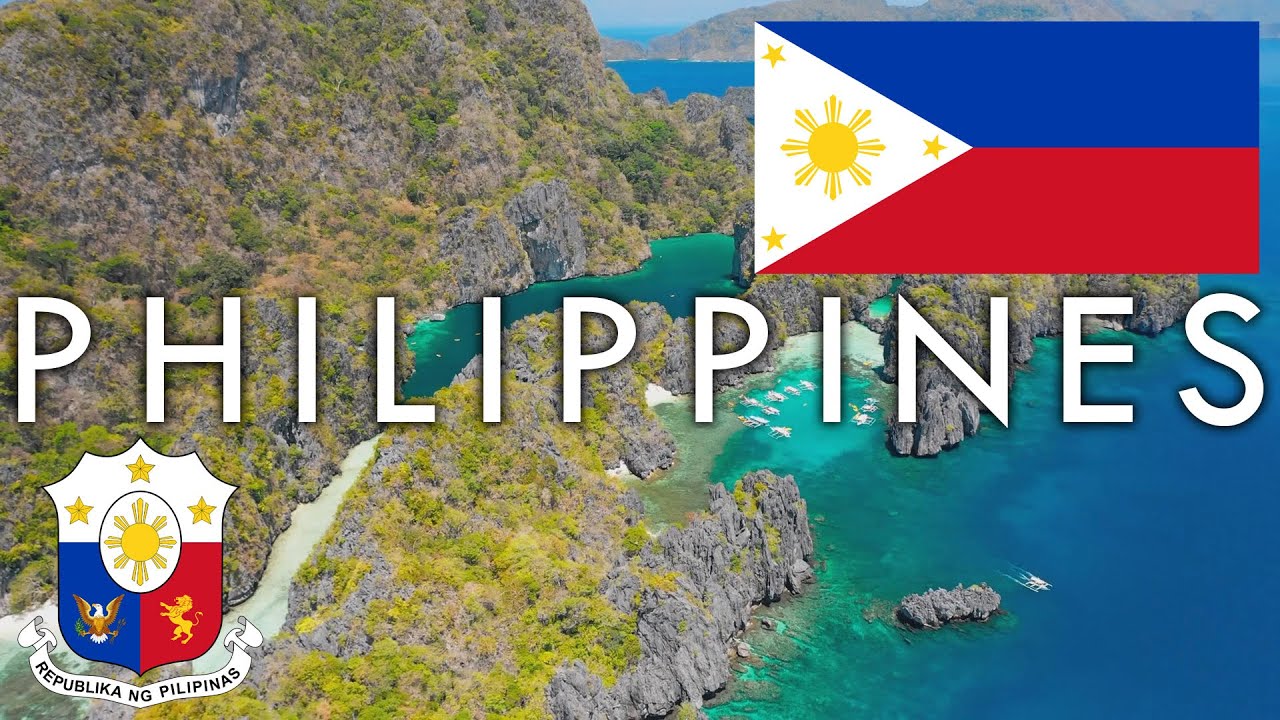Região Nordeste - Toda Matéria
Summary
TLDRThe Northeast region of Brazil, comprising nine states and around 55 million people, boasts beautiful beaches, archaeological sites, and diverse landscapes like the Lençóis Maranhenses. It has four distinct sub-regions: Zona da Mata, Agreste, Sertão, and Meio Norte, each with its own climate, relief, and economic activities. The Zona da Mata is an industrial hub with agricultural products, while the Sertão faces semi-arid conditions with agriculture in areas like the São Francisco River Valley. The Meio Norte, transitioning from the semi-arid to the Amazon, is marked by rice farming and mineral extraction. The region plays a vital role in Brazil's economy.
Takeaways
- 😀 The Northeast region of Brazil consists of nine states, covering over 18% of the country's territory.
- 😀 The population of the Northeast is around 55 million, with a population density of 36 inhabitants per square kilometer (as of 2015).
- 😀 The region is renowned for its beautiful beaches, landscapes, and archaeological sites like the Lençóis Maranhenses and the Serra da Capivara National Park.
- 😀 The nine states of the Northeast and their capitals are Maranhão (São Luís), Piauí (Teresina), Ceará (Fortaleza), Rio Grande do Norte (Natal), Paraíba (João Pessoa), Pernambuco (Recife), Alagoas (Maceió), Sergipe (Aracaju), and Bahia (Salvador).
- 😀 The Northeast is divided into four sub-regions: Zona da Mata, Agreste, Sertão, and Meio Norte, each with distinct characteristics.
- 😀 Zona da Mata, the coastal strip from Rio Grande do Norte to southern Bahia, has a humid tropical climate and is known for its warm beaches, cliffs, and mangroves. It is the most urbanized and industrialized sub-region of the Northeast.
- 😀 The Agreste, with a transitional climate between tropical and semi-arid, spans from Rio Grande do Norte to Bahia and is known for agriculture (corn, beans, cassava, etc.) and livestock.
- 😀 The Sertão is a semi-arid region with hot temperatures, long droughts, and dry, stony soil. It has expanded over the years and is a key area for cotton and fruit farming.
- 😀 The Meio Norte includes the states of Maranhão and Piauí, with a tropical climate. It is a transition zone between the semi-arid Sertão and the Amazon Rainforest, historically known for babassu and carnauba wax extraction.
- 😀 Agriculture in the Northeast includes crops like rice, cotton, grapes, and tropical fruits. Irrigation and modern farming techniques are transforming local economies, such as in the São Francisco and Açu River Valleys.
- 😀 The economic landscape of the Northeast has evolved with industries like cement, rubber, and footwear. Agriculture remains an essential part of the economy, particularly in the Zona da Mata and Agreste regions.
Q & A
What is the total area covered by the Northeast region of Brazil?
-The Northeast region covers a little over 18% of the total Brazilian territory.
What is the population of the Northeast region?
-The population of the Northeast region is around 55 million inhabitants.
How many states are in the Northeast region of Brazil, and what are their capitals?
-The Northeast region consists of nine states: Maranhão (São Luís), Piauí (Teresina), Ceará (Fortaleza), Rio Grande do Norte (Natal), Paraíba (João Pessoa), Pernambuco (Recife), Alagoas (Maceió), Sergipe (Aracaju), and Bahia (Salvador).
What are the four sub-regions of the Northeast region in Brazil?
-The four sub-regions of the Northeast region are Zona da Mata, Agreste, Sertão, and Meio Norte.
What are the main characteristics of the Zona da Mata sub-region?
-The Zona da Mata is a coastal strip with a humid tropical climate. It has warm-water beaches, coconut groves, dunes, cliffs, and coral reefs. This sub-region is also the most urbanized and industrialized, with significant agricultural activities like cocoa, tobacco, and sugarcane plantations.
What makes the Agreste region distinct in terms of climate and relief?
-The Agreste has a transitional climate between the humid tropical climate of the coast and the semi-arid climate of the Sertão, with temperatures ranging from 18 to 30°C. The relief is rugged, with plateaus that form a barrier and allow the air to pass through in valleys, supporting agriculture.
What type of vegetation and climate does the Sertão sub-region experience?
-The Sertão has a semi-arid climate, with temperatures over 40°C in the summer and long periods of drought. The predominant vegetation is the caatinga, which includes species like the Umbuzeiro, Xique-xique, and Mandacaru.
How has irrigation changed the landscape of the Sertão region?
-Irrigated fruit farming, especially in the Açu River Valley in Rio Grande do Norte and the São Francisco River Valley in cities like Petrolina and Juazeiro, has significantly altered the local landscape and economy, supporting crops like grapes, mangoes, and melons.
What role does the Meio Norte play in the Northeast region's economy?
-The Meio Norte, which includes the states of Maranhão and Piauí, serves as a transitional zone between the semi-arid Sertão and the Amazon Rainforest. Its economy is based on rice farming, livestock, and mineral extraction, especially iron, manganese, and copper from the Serra dos Carajás region.
What agricultural activities are most prominent in the Northeast region's sub-regions?
-In the Zona da Mata, cocoa, tobacco, and sugarcane are important crops. In the Agreste, corn, beans, tropical fruits, cassava, and vegetables are cultivated. The Sertão is known for cotton crops and irrigated fruit farming, while rice farming is prominent in the Meio Norte.
Outlines

This section is available to paid users only. Please upgrade to access this part.
Upgrade NowMindmap

This section is available to paid users only. Please upgrade to access this part.
Upgrade NowKeywords

This section is available to paid users only. Please upgrade to access this part.
Upgrade NowHighlights

This section is available to paid users only. Please upgrade to access this part.
Upgrade NowTranscripts

This section is available to paid users only. Please upgrade to access this part.
Upgrade NowBrowse More Related Video
5.0 / 5 (0 votes)





